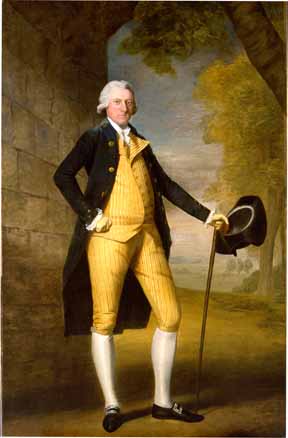
Jane Austen (wiki images)
My close family and faithful readers will know that I am semi-obsessed with arsenic. I’ve mentioned the fantastic book The Arsenic Century by James Whorton in previous posts about arsenic. Yesterday as I was rereading it, I got up to make myself a cup of tea and offered to make my husband one, too. He declined. Again. I saw his eyes flicker to the title of the book in my hand.
I’m fascinated by arsenic because it’s tied so closely to several of my passions—insects, medical history, the Victorian era, and fashion history. Arsenic was used as an insecticide well into the twentieth century, and was a key ingredient in so many medicines and in the synthetic green pigment that Victorians loved so much.
So imagine my excitement when I saw this article in Monday’s Guardian, a review of a new book by crime writer Lindsay Ashford that speculates that Jane Austen died of arsenic poisoning, and further speculates that she might have been murdered.
 I’m in the camp with Professor Todd, who is quoted in the second to last paragraph. She agrees that Austen’s symptoms were consistent with arsenic poisoning–Austen was taking Fowler’s Solution for her rheumatism. Fowler’s was a very common medicine for decades. It was a highly toxic solution of potassium arsenite. But from all that I’ve read about how common arsenical compounds were during the era, I’m amazed when people didn’t die from arsenic poisoning. Like Professor Todd, I don’t believe that Austen’s death was intentional–but we may never know.
I’m in the camp with Professor Todd, who is quoted in the second to last paragraph. She agrees that Austen’s symptoms were consistent with arsenic poisoning–Austen was taking Fowler’s Solution for her rheumatism. Fowler’s was a very common medicine for decades. It was a highly toxic solution of potassium arsenite. But from all that I’ve read about how common arsenical compounds were during the era, I’m amazed when people didn’t die from arsenic poisoning. Like Professor Todd, I don’t believe that Austen’s death was intentional–but we may never know.



 The hobble skirt hit its most extreme form around 1911-12. Some employers barred their female workers from wearing them for safety reasons. Newspaper accounts report several injuries and deaths from women in hobble skirts. One article in the New York Times from 1910 recounts two women engaging in a hobble skirt race down 43rd Street, between Fifth and Madison.
The hobble skirt hit its most extreme form around 1911-12. Some employers barred their female workers from wearing them for safety reasons. Newspaper accounts report several injuries and deaths from women in hobble skirts. One article in the New York Times from 1910 recounts two women engaging in a hobble skirt race down 43rd Street, between Fifth and Madison.